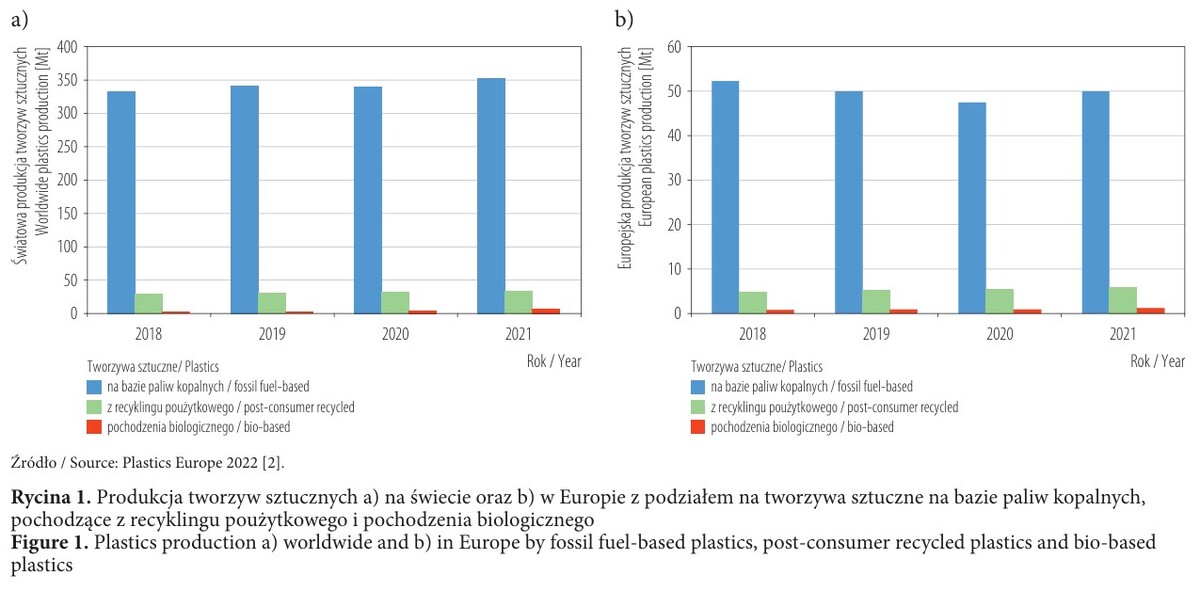Online first
Current issue
Archive
Most cited in 2024
About the Journal
Editorial Office
Editorial Board
Copyright and self-archiving policy
Information clause on the processing of personal data
Declaration of accessibility
Instructions for Authors
Instructions for Reviewers
Contact
Reviewers
2024
2023
2022
2020
2021
2019
2018
2017
2016
2015
2014
2013
Editing and translations
REVIEW PAPER
The exposure routes of micro- and nanoplastics and their potential toxic effects on human health
1
Centralny Instytut Ochrony Pracy – Państwowy Instytut Badawczy / Central Institute for Labour Protection – National Research Institute, Warsaw, Polska
(Zakład Zagrożeń Chemicznych, Pyłowych i Biologicznych / Department of Chemicals, Aerosols and Biological Hazards)
Online publication date: 2024-03-13
Corresponding author
Dorota Sawicka
Centralny Instytut Ochrony Pracy – Państwowy Instytut Badawczy, Zakład Zagrożeń Chemicznych, Pyłowych i Biologicznych, ul. Czerniakowska 16, 00-701 Warszawa
Centralny Instytut Ochrony Pracy – Państwowy Instytut Badawczy, Zakład Zagrożeń Chemicznych, Pyłowych i Biologicznych, ul. Czerniakowska 16, 00-701 Warszawa
Med Pr Work Health Saf. 2024;75(1):81-96
KEYWORDS
TOPICS
ABSTRACT
This article discusses the classification of micro- and nanoplastics (MNP), the routes of their exposure and the effects of MNP on the reproductive, respiratory, digestive and immune systems based on in vitro and in vivo studies, as well as available epidemiological data. The MNP can enter our body through inhalation, food or skin. The presence of microplastics (MP) in tap, bottled and deep sea water, as well as in sea salt, fruit and vegetables has been demonstrated. Due to their small size, MNP can be absorbed and easily distributed through the blood and lymphatic vessel system to tissues and organs. Recent studies have provided evidence of the accumulation of MNP in human lungs and even in the placenta. The accumulation of MNP in the body may have long-term effects and lead to health problems in humans, such as bronchitis, development of asthma, pulmonary fibrosis, inflammation and cancer. The information included in the article gives partial insight into how MNP may affect the human body. However, to fully assess the toxicity of MNP, comprehensive research is necessary, including standardization of MNP detection techniques and determination of the MNP content in food and water. It is also advisable to assess toxicokinetic parameters, as well as to determine the daily dose of exposure and interaction of MNP with various cells. Insufficient data on direct exposure to MNP in the work environment, as well as in other public places, constitutes a factor hindering the establishment of appropriate legal standards. In 2024, work on establishing the first act of EU law enabling the monitoring of MP in drinking water should be completed, which raises great hopes that in the future limit values for MNP in water and food and in workplaces will also be established. Med Pr Work Health Saf. 2024;75(1):81–96
Share
RELATED ARTICLE
We process personal data collected when visiting the website. The function of obtaining information about users and their behavior is carried out by voluntarily entered information in forms and saving cookies in end devices. Data, including cookies, are used to provide services, improve the user experience and to analyze the traffic in accordance with the Privacy policy. Data are also collected and processed by Google Analytics tool (more).
You can change cookies settings in your browser. Restricted use of cookies in the browser configuration may affect some functionalities of the website.
You can change cookies settings in your browser. Restricted use of cookies in the browser configuration may affect some functionalities of the website.






